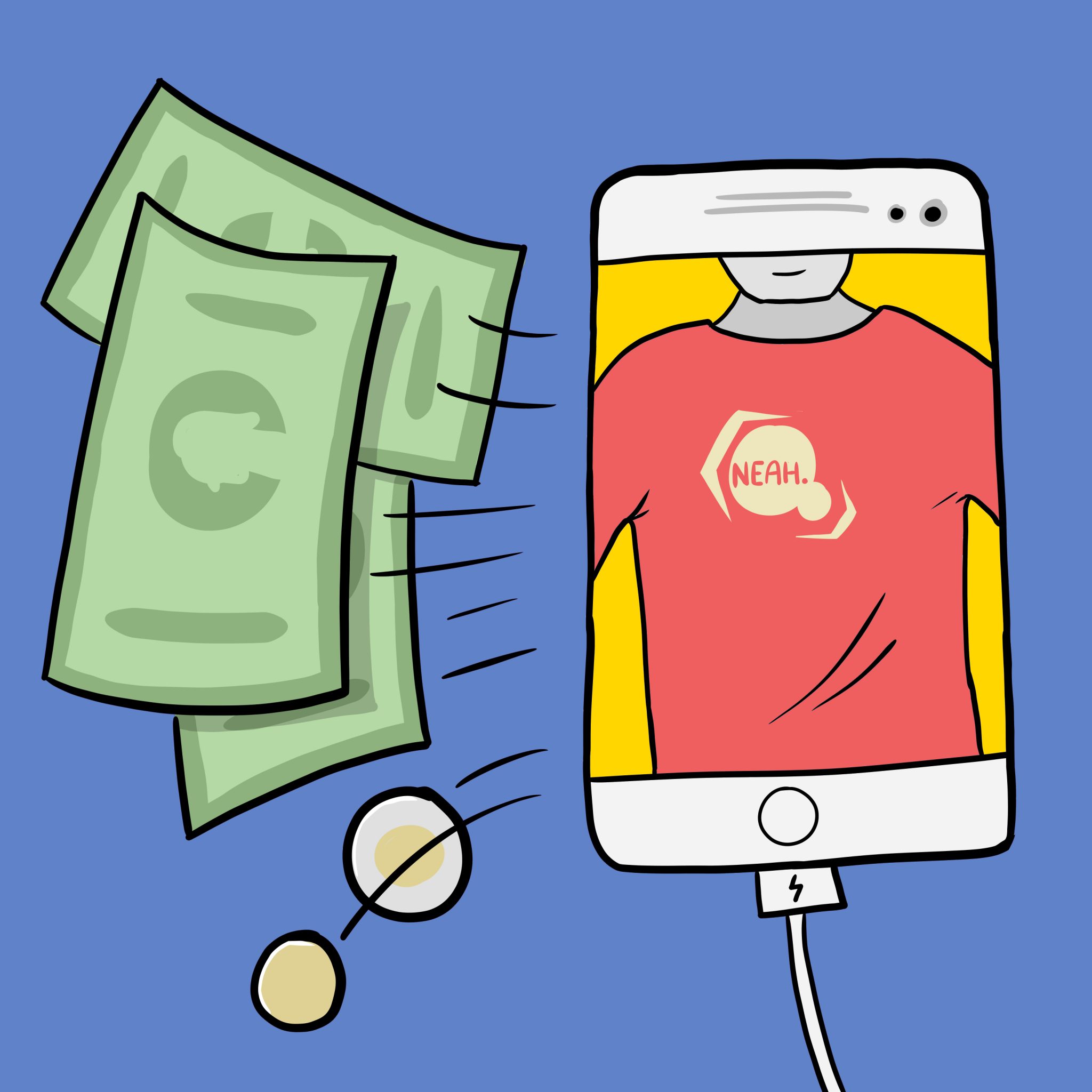The rise of social media influencers


Social media has become an integral part of our modern culture. Most people use it on a daily basis, so it’s no wonder that countless users are turning to it as a means of income.
If you go on any social media site right now you could probably find someone calling themselves an “influencer” within a few minutes of searching. But the definition of an “influencer” might not be very clear right off the bat.
Those who call themselves influencers usually have a high follower count on social media, and therefore have the potential to influence their viewers or followers to like or dislike, buy or withhold from buying, a product or a service.
Any smart, modernized brand would know that in terms of marketing, using social media is the way to go these days.
This is why a lot of companies are turning to those with a large following to market their products for them, oftentimes paying them in commission or free products for their partnership.
Usually they aim for influencers who they think will have an impact on their niche product and market.
It allows active or popular social media platforms to monetize their content and receive an income. Nowadays, “influencing” can pretty much become a full-time job.
The best method for determining which platforms would make for decent partnerships should be based on more measurable metrics, like increases in page searches, downloads and purchases.
One of the most commonly seen way for influencers to make money is by creating sponsored posts, or by becoming a brand ambassador.
The brand ambassador becomes responsible for broadcasting their partnership with a company to their followers, sometimes providing discount codes for their followers to use and then receiving a portion of commissions.
You don’t even necessarily need a huge following for this; plenty of people I follow on Instagram are helping market products like sunglasses, protein powders, makeup products and more for brands who think they can help them to reach their target market. This is usually called micro-influencing.
The fact that nearly 40 per cent of Twitter users have made a purchase as a direct result of an influencers post makes it reasonable to see why this genre of marketing has the potential to work so well, for influencers and companies alike.
In a way, influencers aren’t exactly a new concept. When I think of micro or lower scale influencing, companies like Avon and Tupperware come to mind first. These companies are known for their history of recruiting “regular” people to market their products in person to their family, friends and neighbours.
While I think dubbing yourself an “influencer” is sometimes a little pretentious — as if you’re overestimating your power and importance over others — I also understand the intent.
Our economy is supposedly stronger than ever, but at the same time, it’s getting harder and harder to secure a stable job and a steady income. I can respect how influencers are making something out of nothing, so to speak.
Calling yourself an influencer is kind of just a more modern version of calling yourself an entrepreneur, if you think about it.
Both brands and those who are creating a “brand” for themselves are smart to use social media as a means of income. Social media influencers have the potential to reach a wider audience than sources like local news programs or booths in the concourse, for example.
In the wise words of Kanye West, “If you can communicate this product you can make money off the product.” So why wouldn’t you, if you could?
At the same time though, it’s probably hard to track exactly how wide of an audience, or how much of a flux in product purchases comes directly from social media influence.
As an outsider to the social media marketing world it’s hard for me to tell if influencers make a measurable difference in product engagement. I feel that if the metric for determining who would make a good “influencer” is largely based on the size of their audience, then brand partnerships might not always pay off.
The best method for determining which platforms would make for decent partnerships should be based on more measurable metrics, like increases in page searches, downloads and purchases.
Regardless, there’s really no denying the potential for this marketing method to expand even further than it already has. I’m sure the social media influencer world has only begun to scratch the surface.


